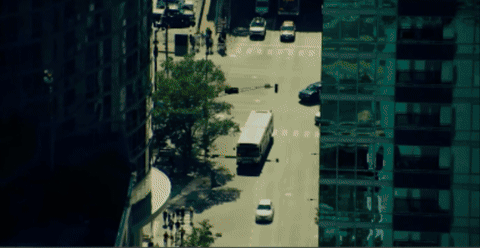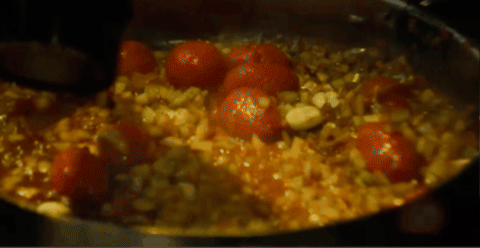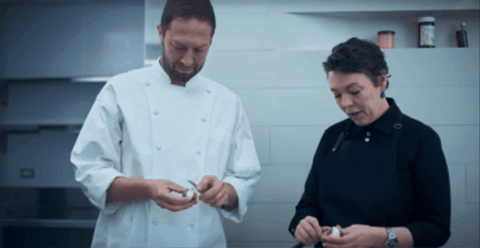How “The Bear” Uses Music, Motion, and Montages to Tell a Compelling Story.
2025
Observational Case Study: Editing & Visuals
“The Bear” is a critically acclaimed award-winning show that has captured the interests of TV enthusiasts across the globe. Its intense, action-packed dialogue and intricate world building keep you glued to your screen leaving you wanting more.
TV pilots often shoulder the burden of establishing setting, characters and their relationships, and the overall connecting threads between those things.
Even though the show moves very fast with a lot of explosive energy, they feed you enough unexplained morsels of information to keep you hooked. Throughout the pilot you can start to put some pieces together, even though you don’t have the full story.


From the first couple minutes, they establish a very fast paced visual language through high impact shooting and editing. A combination of close up and semi-wide shots with consistent movement keeps you engaged in what the setting is and who the characters are.
Snapshots of gatherings of people surrounded by food and family cement the generational aspect of Chicago roots, how much family means to Carm, and where his love of cooking came from.

Joanna Nagule (”The Bear” Editor) has said in an interview that “Chris Storer wanted things to start with a shot of adrenaline, so it opens with Carmy emptying Ballbreaker, then selling jeans, he’s making meat, talking to Tina...it didn’t have as much energy to it”. She says, “braiding them together really sets it up”.
To add to the tension and fast paced visuals, there are times where two songs are layered. For example, in the first episode Carmy’s theme, New Noise - Refused, is layered with The Budos Band - Old Engine Oil to keep energy high.

Dissolving shots were used to show how time blends together when Carmy cooks in a fast paced restaurant environment. Where others might get overwhelmed, he seems comfortably in flow. This breaks up the chaos established through hard cuts and transitions where it shows he’s more anxious.
Even though scenes are woven together, you can still see that they tell a chronological story of him cooking this meal, with a couple one to two second shots to remind you at what stage of the cooking process he is.
Auditory cues are used, where, even if you don’t see Carmy cooking on screen, you can hear a sizzle or a chopping sound, and can quickly deduce what is going on.


Time is repeatedly used throughout the show as a touchpoint to track a character’s journey. Much like the cooking shots intertwined with Carmy’s anxiety inducing activity from the first episode. After the flurry of opening shots, when Carmy looks at the clock, it’s only 10:00 a.m., and it probably seems to him that he has done a whole day’s work.
In the episode “Forks” in season 2, you measure Ritchie’s journey through the shots of how he receives his alarm clock first thing in the morning. He goes from reluctantly slamming it off the first time, to eventually beating the alarm, and back to dejectedly shutting it off when he realizes he has to go back to The Bear restaurant.


These techniques are used as devices to set up the pacing of the show, mirroring how fast-paced restaurant management is, the emotions of the characters, or differentiate between what state the characters are in.
Whether you get an isolated scene with a few characters using wide shots and not much movement, or working with fast cuts and close ups, the editing language tells a story that audiences can connect with.
Images are not my own, and are used purely for demonstration purposes to support my observations of the show’s devices used.